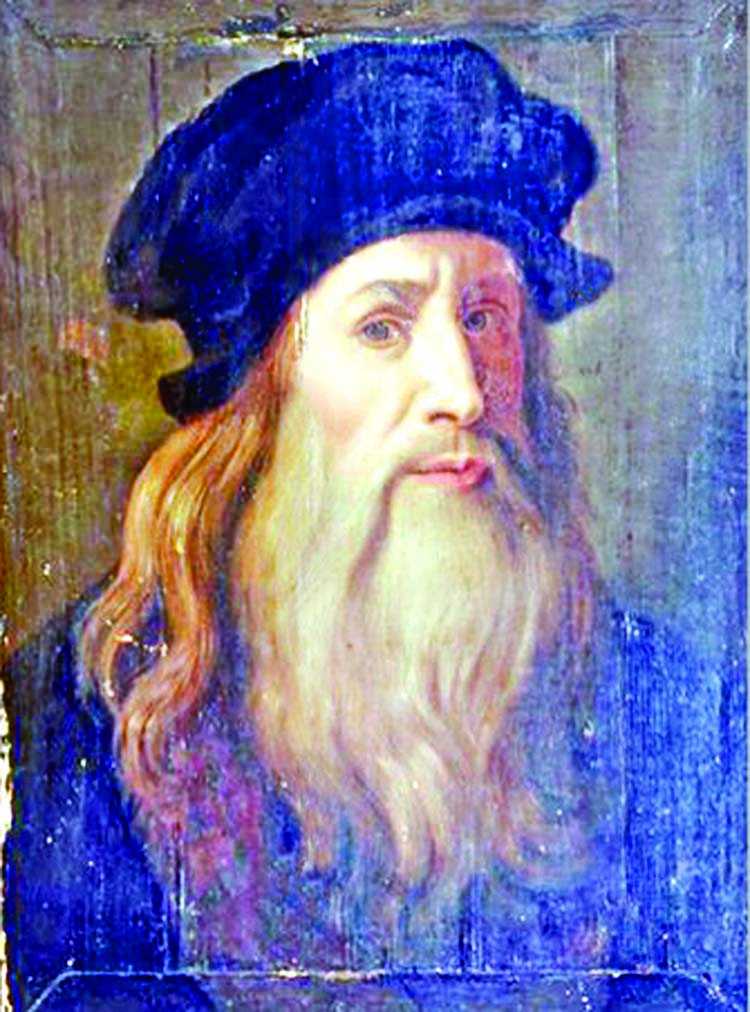Painting was 'queen of sciences' for Leonardo
27 October, 2019

Leonardo da Vinci, whose genius encompassed architecture, anatomy, mechanics, music and even party planning, is known first and foremost for his paintings, though he produced fewer than 20 of them.The curators of a stunning retrospective of the Renaissance master's paintings that opened Thursday at the Louvre in Paris explain his unique contribution to the art.
The embodiment of universal knowledge, Leonardo valued painting over all of his other endeavors. 'He considered painting as a science, as the queen of sciences, as involving all sciences, and even as a divine science because it was capable of recreating the world,' said co-curator Louis Frank.
Enthralled by all the natural sciences as well as esoterics, the polymath who died in 1519 applied all the strands of his knowledge to his painting.
He 'wanted to understand the essence of the world, rather than reproducing it in an immediate way in his paintings,' Frank said.'The fact that he painted so little is not a sign of disinterest; it enabled him to create perfect pain-tings,' added co-curator Vincent Delieuvin.
'His contemporaries were aware of this. Leonardo da Vinci's works dazzled them so much that some even spoke of being terrified,' said Delieuvin, the Louvre's chief heritage manager and an expert in 16th-century painting.
The Mona Lisa's smile sums up Leonardo's zeal for capturing human feelings in his art. 'For him, the smile is the subtlest expression: it's the very essence of humanity, necessarily transient,' Delieuvin said. 'There's nothing like a smile to convey the magic of human expression.'Over time, Leonardo dispensed with gestures he considered too artificial, focussing instead on expressions.
Source:
TAG(s):
